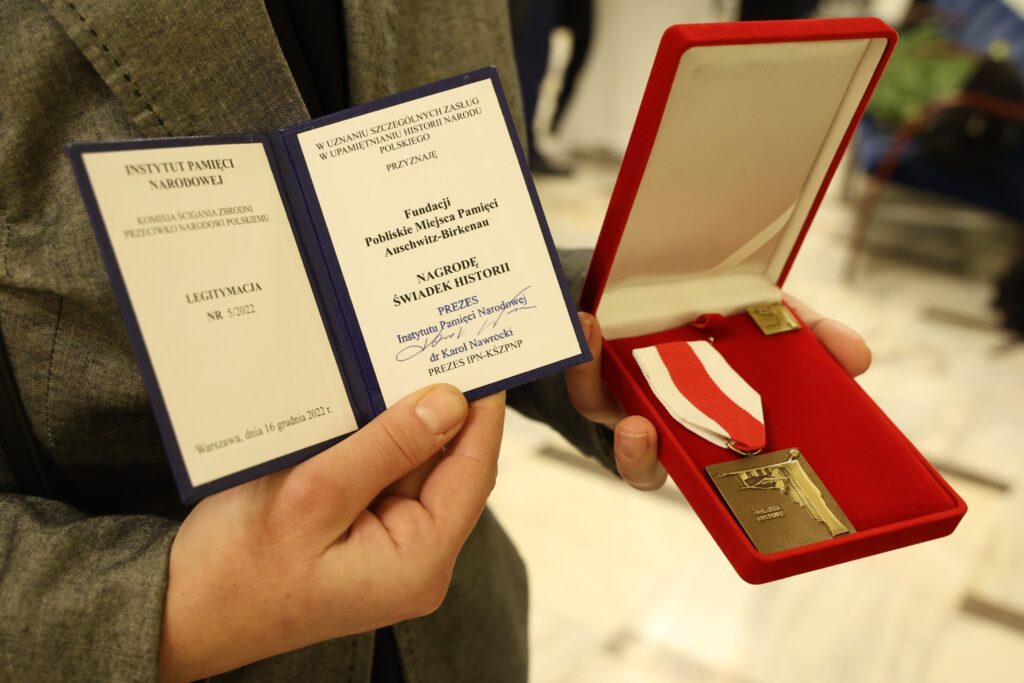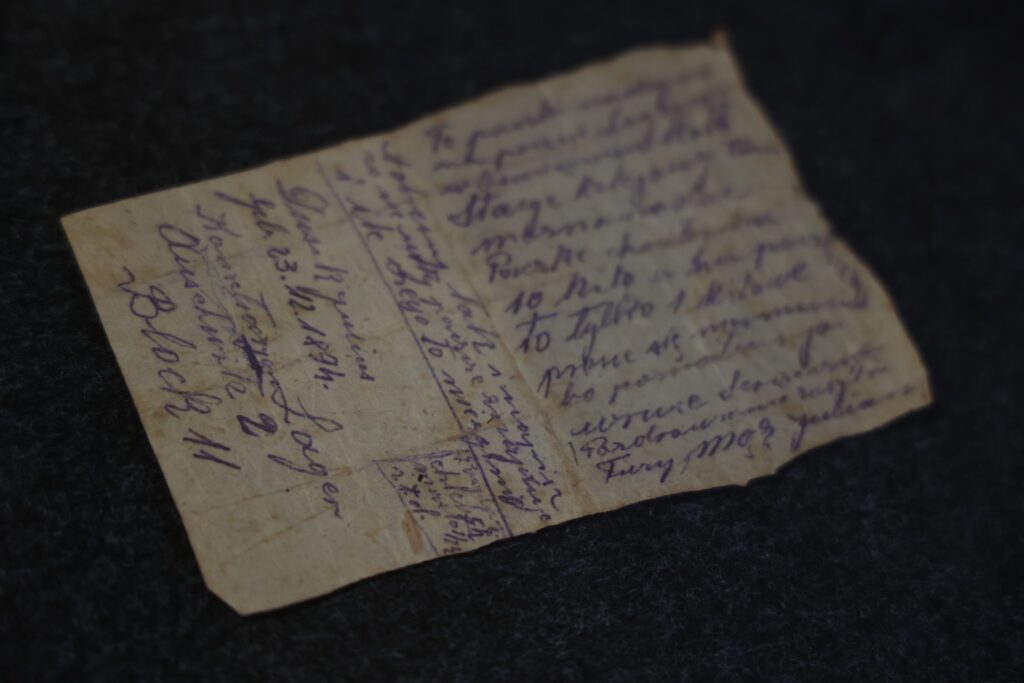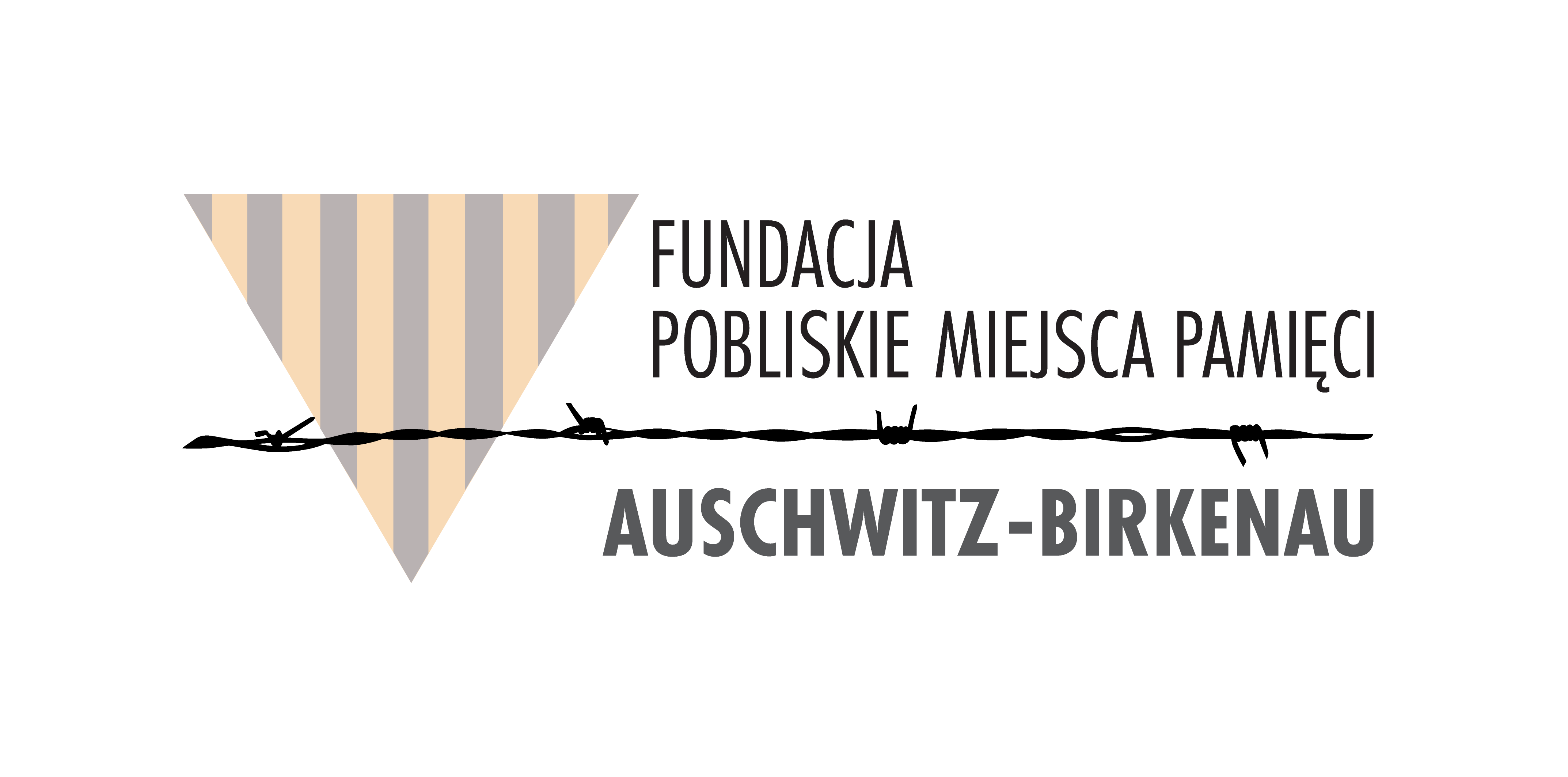Program Concept
Name
The name “Nearby Places of Remembrance” defines the areas of activity for the Foundation. The first aspect is geographical, referring to the nearby areas surrounding the current Auschwitz-Birkenau State Museum in Oświęcim. These include the sites of former subcamps, farms, and businesses that operated within the Auschwitz administrative system. After the camp was liberated, these areas became part of the public and private space and remain so today. Another essential element is the Memory of Nearby Places. The Foundation aims to ensure that these places are recognized in the public space as Sites of Remembrance. They are locations where people suffered and died, and where the perpetrators of their agony were ruthless. Building this memory is intended to complete the picture of the scale of the death factory at Auschwitz-Birkenau.
Idea
The Foundation was established in 2013 to rescue items and artifacts related to the former German Nazi concentration and extermination camp Auschwitz-Birkenau and its subcamps, which are currently in the hands of private individuals. The original scope of the entire camp system and its subcamps extended far beyond the boundaries of the present Museum. Many of these relics remain outside conservation control and require immediate care. To achieve this goal and preserve as much as possible for future generations, the Foundation aims to raise funds for their conservation, protection, storage, and promotion. Let us not allow these exhibits, whose fate is largely determined by chance, to be lost forever.
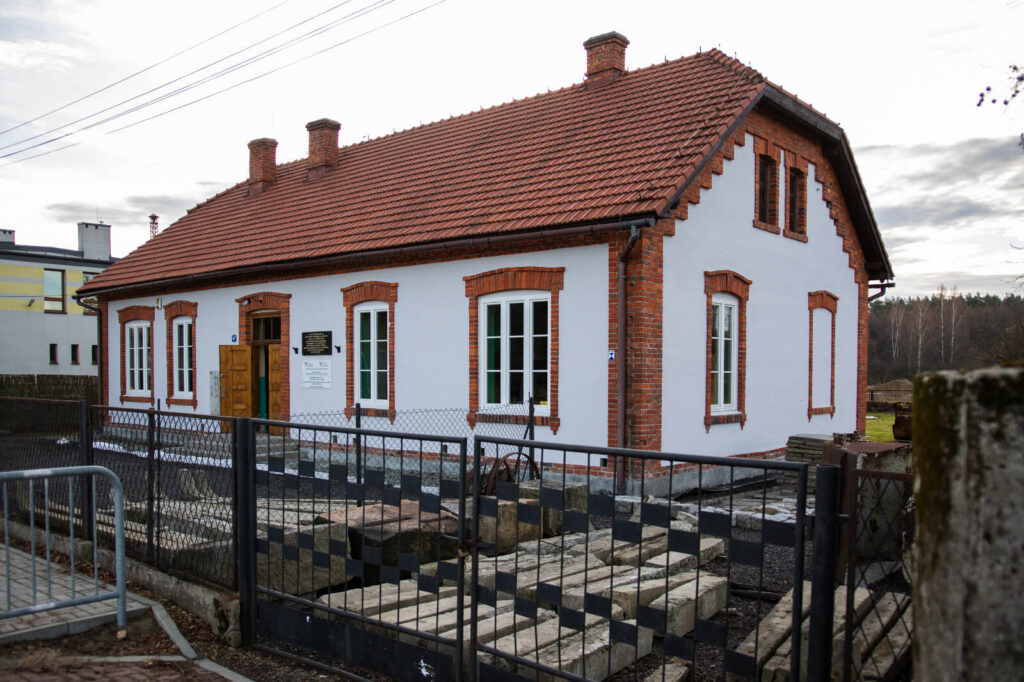
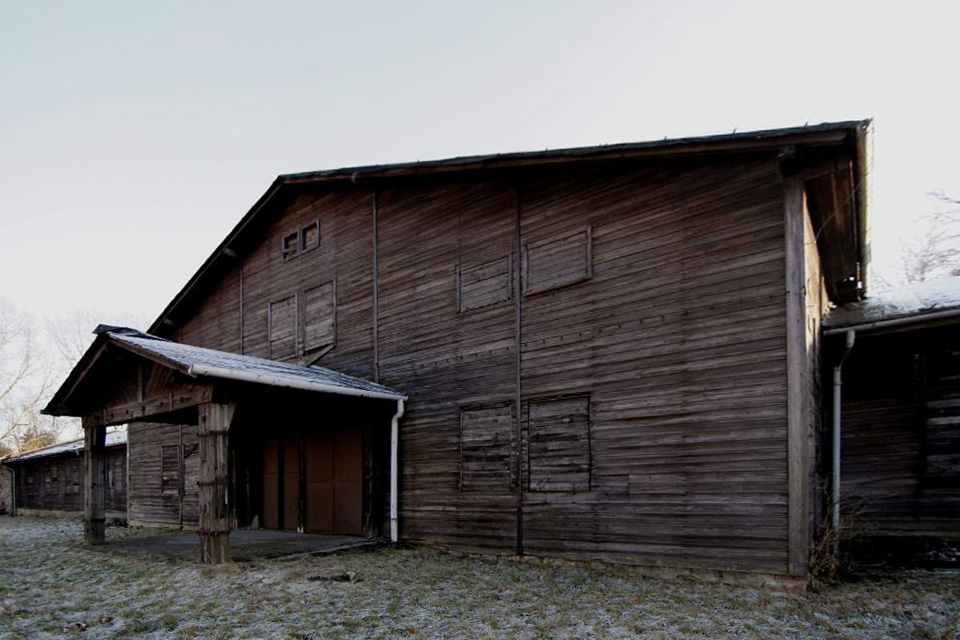
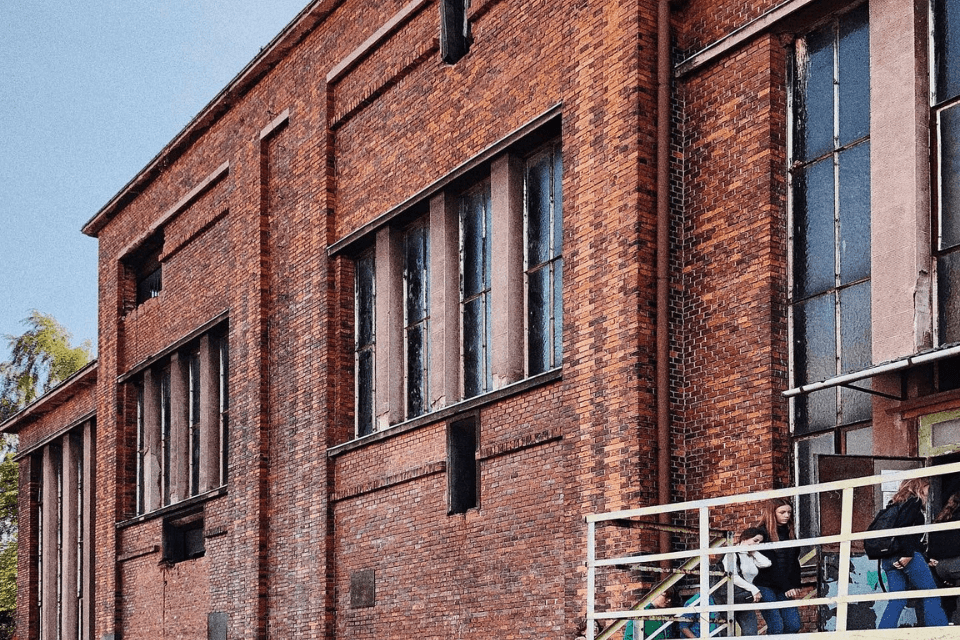
Mission - Foundation of Memory Sites Near Auschwitz-Birkenau
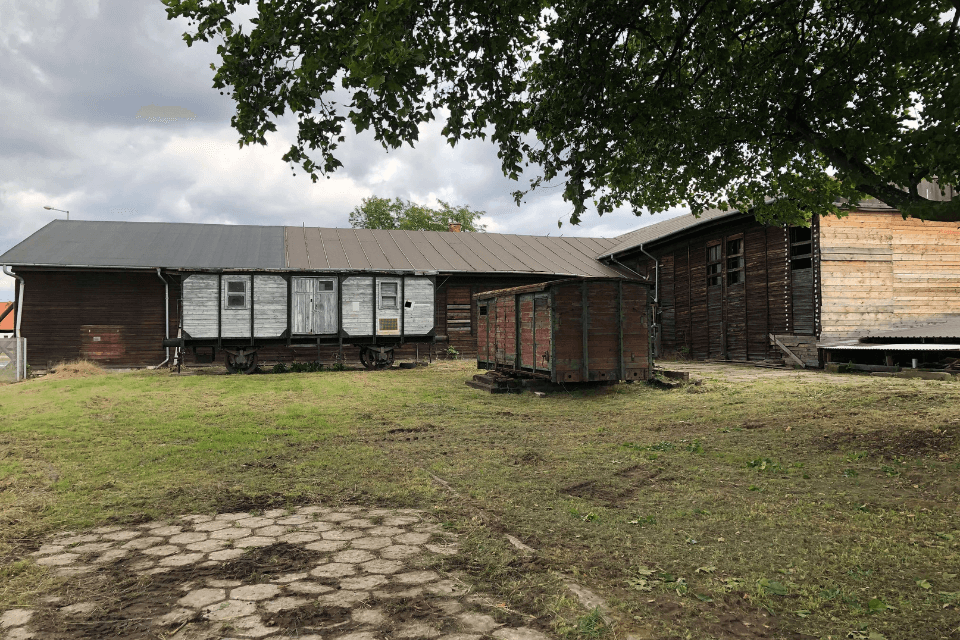
Collection Care
The primary task of the Foundation is the broad protection of items and artifacts related to the former German Nazi concentration and extermination camp Auschwitz-Birkenau, as defined by Polish law and the Code of Ethics of The International Council of Museums
Protection and Acquisition of New Memorabilia
Implementing this task requires significant resources for acquiring artifacts as well as their proper conservation according to established conservation standards. Only in this way can we preserve the artifacts that still exist. An additional element of the protection process is their storage under appropriate conditions. Another task of the Foundation is to manage the entrusted collections in accordance with current museum regulations. A modern electronic inventory system, tailored to the specifics of the collections, will allow for their proper documentation and efficient navigation through the accumulated resources.
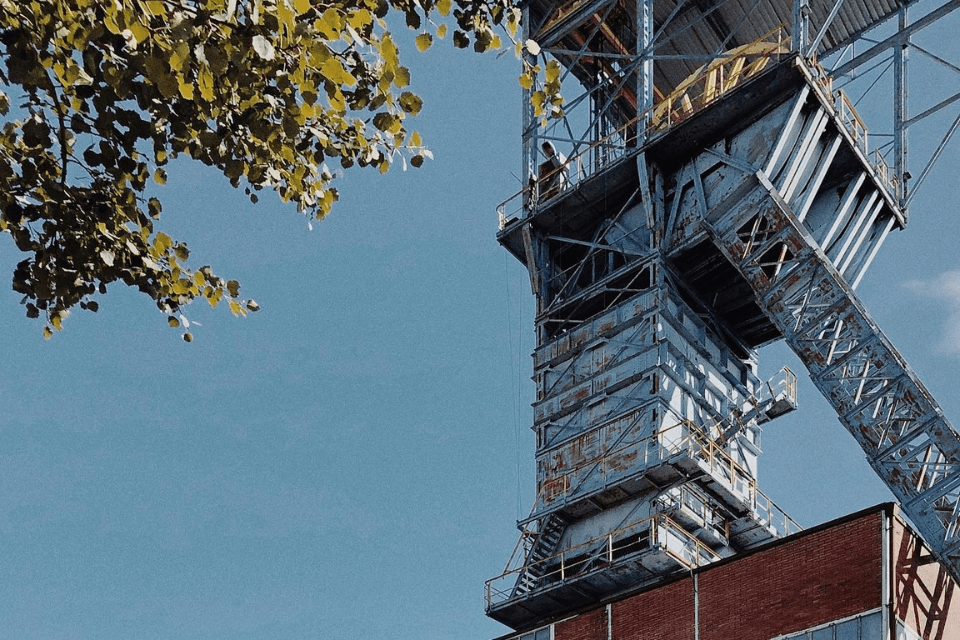
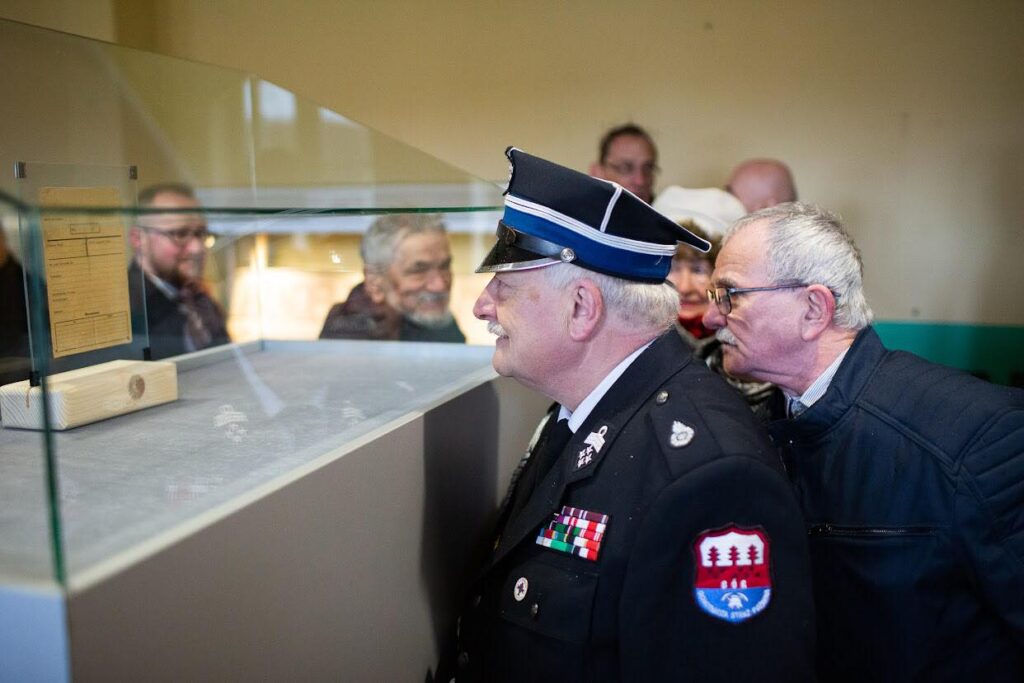
Promotion of Collections
Achieving this goal involves several elements. One of them is showcasing the curated collections through both our own exhibitions and those created in collaboration with other museums and cultural institutions, both nationally and internationally. Promotion also includes education, scientific research, and publishing activities
Exhibitions
Preserved items and artifacts from the former Auschwitz-Birkenau concentration and extermination camp should not only be protected but also displayed. By conducting exhibitions related to the history of the Holocaust, genocide, and concentration camps, we aim to share our collection with all those who wish to educate about the history of these camps and the greatest crime of the last century: genocide and the Holocaust. The Foundation is open to various forms of collaboration, including creating exhibitions, loaning the entrusted resources for displays, and providing photographs and materials related to the artifacts
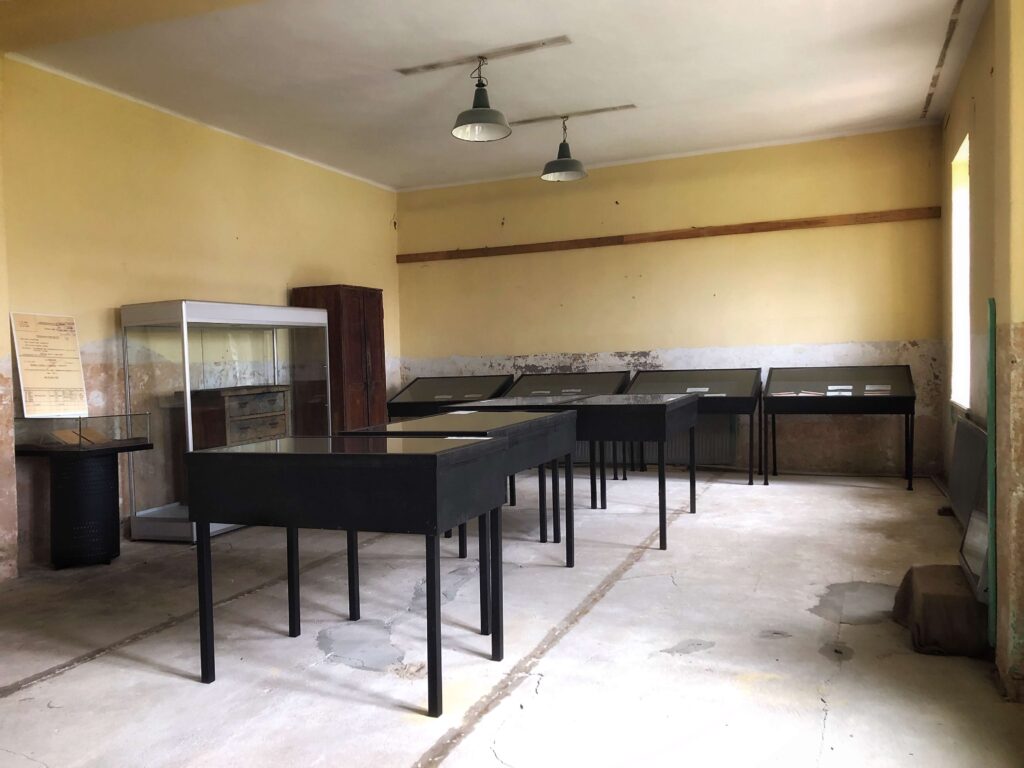
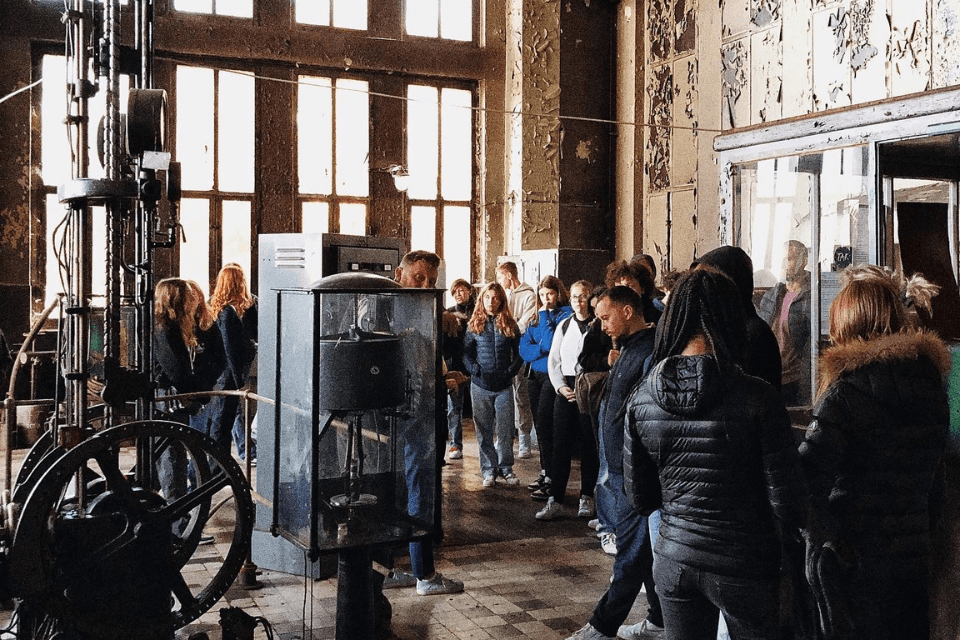
Education
Through the displayed artifacts, we aim to show visitors what the subcamps and Auschwitz-Birkenau were like. We want to present artifacts within their specific historical context, creating a cohesive narrative that reflects the circumstances they were associated with.
Education also involves exploring Places of Remembrance. Therefore, one of the Foundation’s tasks is to organize study tours, workshops, and field lessons. Only by engaging with historical sites and artifacts from these places can visitors grasp the scale of Auschwitz-Birkenau and its subcamps.
Additionally, we will organize and participate in training sessions, seminars, conferences, and lectures related to the history of the Holocaust, genocide, and concentration camps
Research Activities
The first stage in recognizing objects is their documentation. This forms the basis for studying artifacts and their role in the operation of the camps. Research on objects as products of intentional human activity is fundamental to various social science and humanities disciplines, including contemporary historical research. The cognitive value of the entrusted collections is significant for studying the history of the Holocaust and genocide. The histories of many of these objects did not end with the liberation of the camp and the end of the war. In most cases, they continued to exist in the post-camp environment, shaped by the aftermath of the war. With this awareness, the Foundation strives to gather all available information about the artifacts, including their use in the subcamps, their post-war fate, and the circumstances of their acquisition. Therefore, one of the Foundation’s tasks in promoting the collection is to initiate research on the entrusted artifacts
